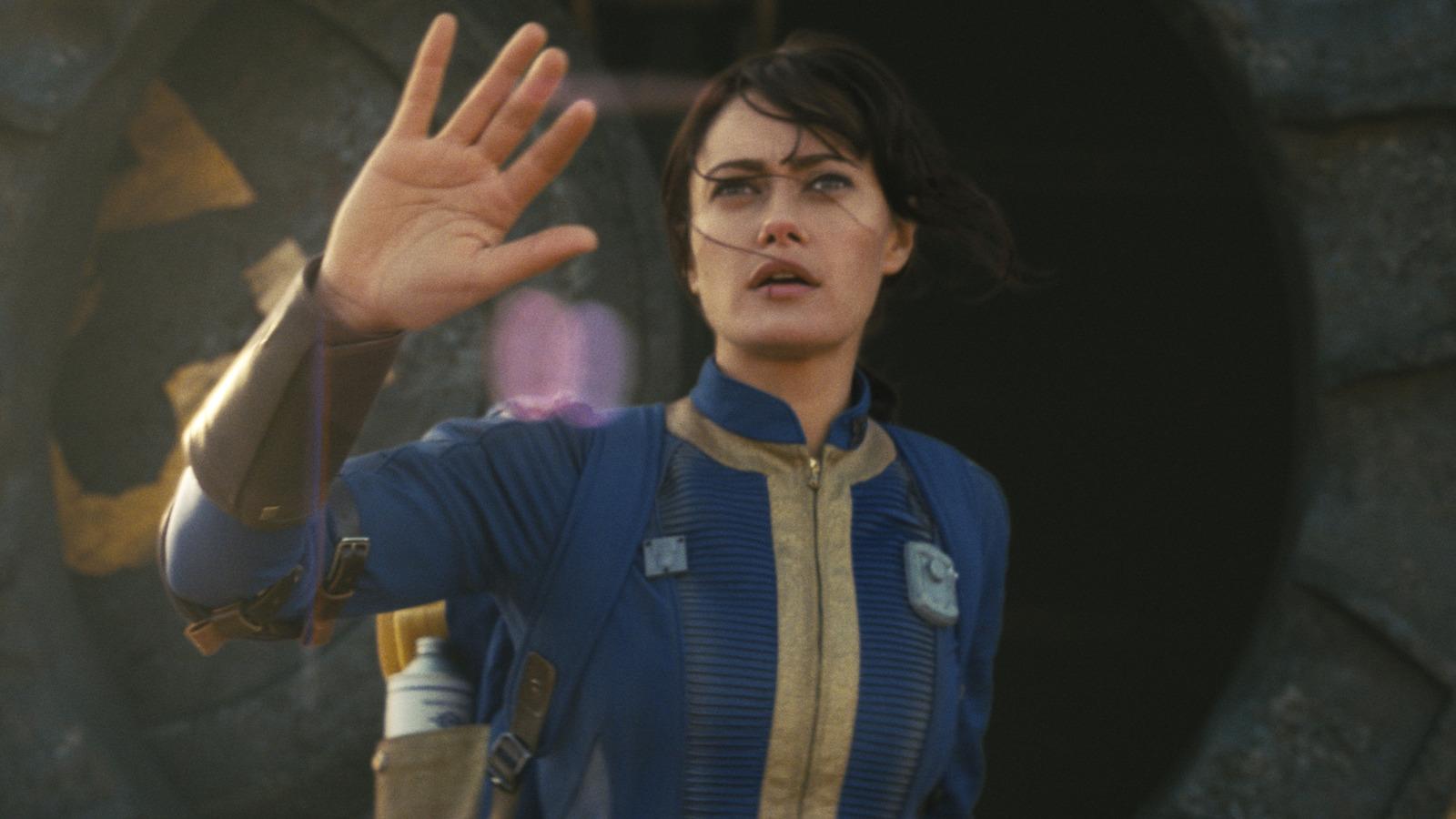
The plot of “Fallout” includes three separate storylines. We’ve Ella Purnell’s Lucy, a vault dweller trying to find her father; Aaron Moten’s Maximus trying to find a tool for his Brotherhood of Metal; and Walton Goggins’ The Ghoul trying to find a bounty. These ultimately merge, with the three individuals all after a MacGuffin that may grant any of the numerous factions within the wasteland management over it.
Very like the video games, a part of what makes “Fallout” enjoyable is the juxtaposition between the darkish, miserable state of the world and its cartoonish violence and grim comedy. This can be a place the place everybody desires to kill you and/or eat you, the place ghouls roam the wasteland, but additionally the place big radroaches and monsters with fingers for enamel attempt to kill you.
“Fallout” is in an fascinating place as an adaptation. It is not “The Final of Us” and its carbon copy remake, and even “Castlevania” and “Arcane” which have authentic tales utilizing their video games’ characters. As a substitute, each characters and story are wholly authentic right here, even when there are many nods to the video games. Characters like The Ghoul share parts with Hancock from “Fallout 4,” whereas the story of the MacGuffin that drives the plot works equally to the water air purifier in “Fallout 3.” This leads to the season feeling like one other sport within the collection, one that’s acquainted to gamers of the primary video games as a result of struggle by no means modifications, whereas additionally being recent and new.
The present additionally provides its personal twist to the lore of the video games. Certain, some purists might scoff on the modifications, however they make for a captivating tackle the supply materials as a result of they match the tone, they usually complement the difference’s essential themes of sophistication stress and the tradition of division.


